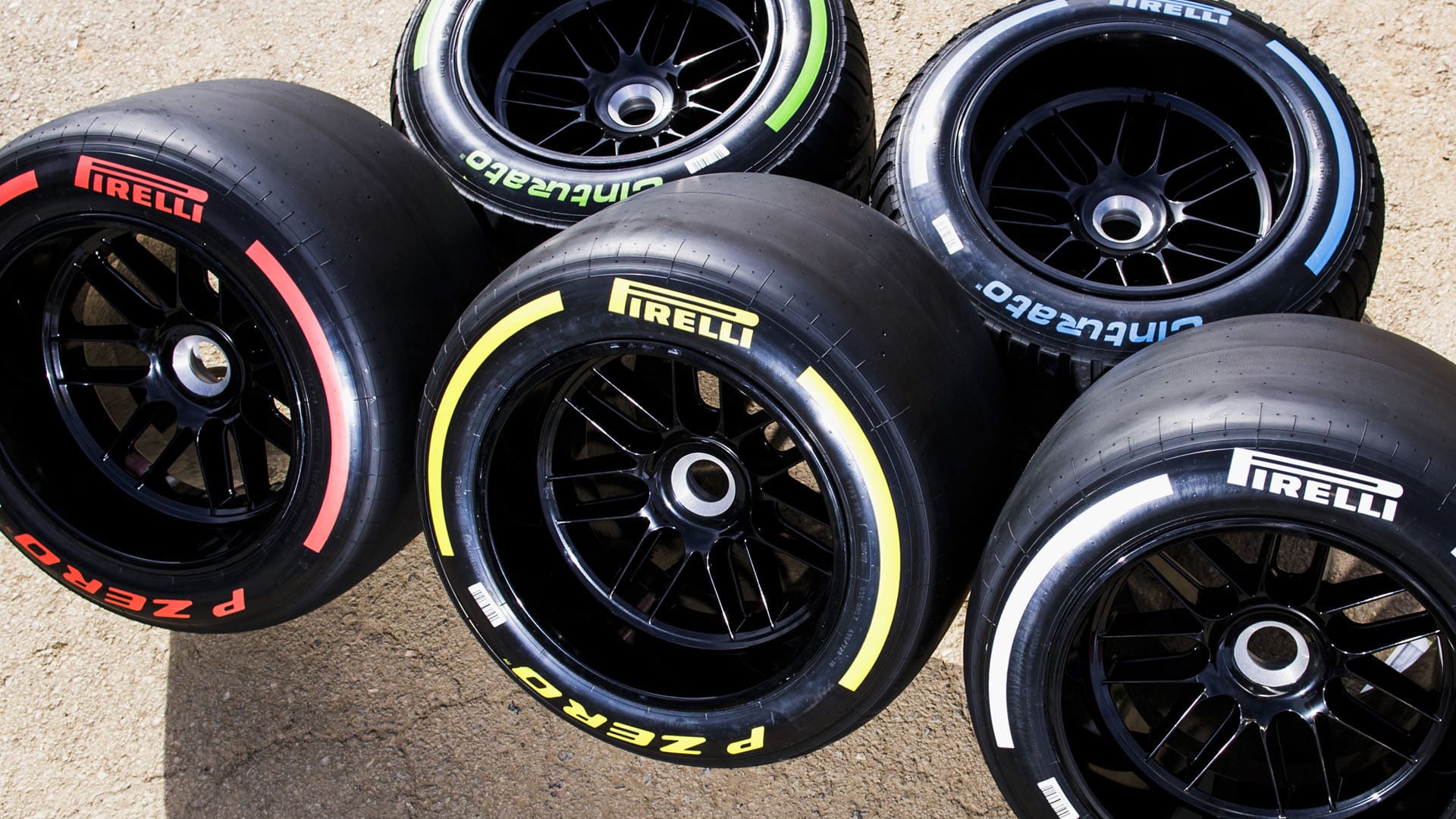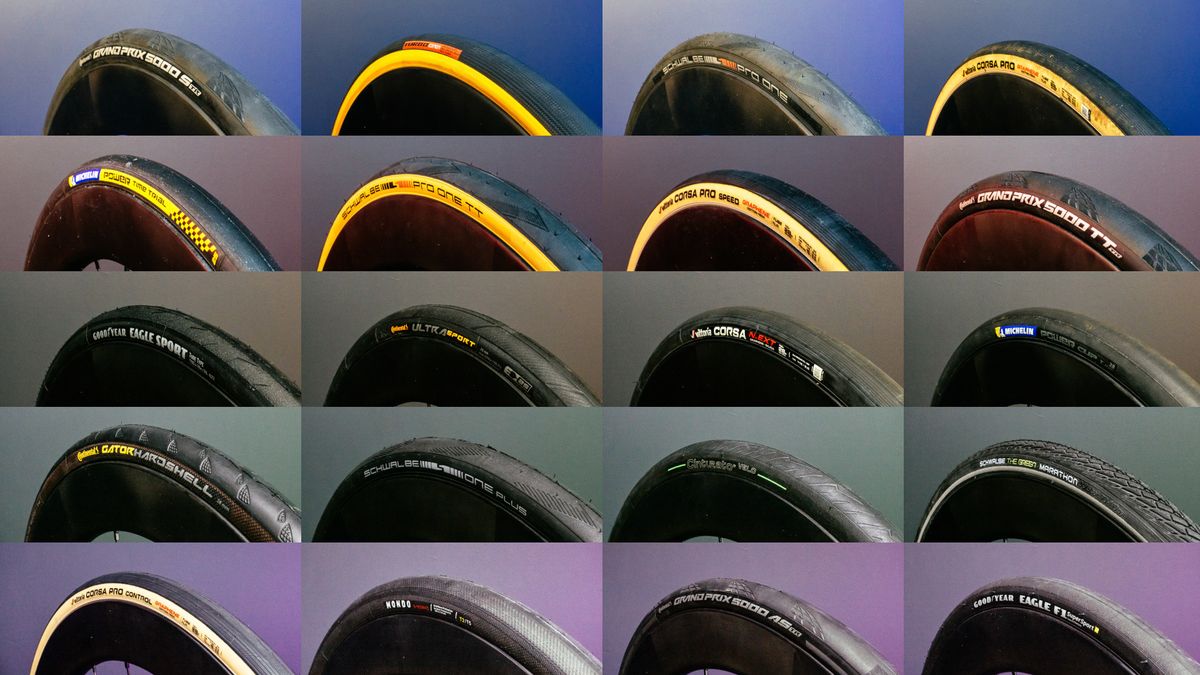All Categories
Featured
Table of Contents
I had the ability to obtain 100 hours out of among these tires, and while it had definitely no tire lugs left on it, the soft compound made it function really wellas long as I was using a soft mousse. Kitt Stringer picture Easy installing - 3Wear - 3Sidewall strength - 3Performance on roots - 4Performance on damp rocks - 2Traction on dirt - 5Cornering ability - 4Traction while braking - 4Self-clearing of dust and mud - 3Performance in mud - 3Overall predictability or monitoring - 3 _ 37 Verdict: This is a good well-rounded tire with great worth for money.

The wear was constant and I like the length of time it lasted and just how regular the feel was during usage. This would likewise be a good tire for faster races as the lug dimension and spacing little bit in well on rapid surface. Kitt Stringer picture Easy installing - 3Wear - 3Sidewall stamina - 3Performance on origins - 4Performance on damp rocks - 4Traction on dust - 4Cornering capability - 4Traction while stopping - 5Self-clearing of dirt and mud - 4Performance in mud - 4Overall predictability or monitoring - 4_42 Conclusion: I liked this tire a whole lot.
If I needed to get a tire for difficult enduro, this would be in my top choice. Easy placing - 3Wear - 3Sidewall strength - 3Performance on origins - 4Performance on damp rocks - 3Traction on dust - 4Cornering capability - 3Traction while stopping - 3Self-clearing of dust and mud - 4Performance in mud - 4Overall predictability or monitoring - 3 _ 34 Conclusion: This tire was extremely soft and flexible.
All the gummy tires I examined carried out fairly close for the first 10 hours or so, with the victors going to the softer tires that had better grip on rocks (Tyre shop services). Buying a gummy tire will definitely provide you a strong advantage over a routine soft compound tire, yet you do spend for that advantage with quicker wear
Best Wheel Alignment Services Near Me
Ideal value for the rider that wants decent efficiency while getting a reasonable quantity of life. Best hook-up in the dust. This is a suitable tire for springtime and loss problems where the dirt is soft with some moisture still in it. These tested race tires are wonderful all over, but use promptly.
My overall victor for a difficult enduro tire. If I had to invest money on a tire for everyday training and riding, I would certainly pick this.
Leading Tyres – Brabham WA
I have actually been running a set of Michelin Power Pilot 2CT's on my track Daytona 675 for the past year. In that time I have done 15 track days in all climates from cold wet to incredibly hot and these tyres have actually never missed a beat. Tyre replacement. I have actually done nearly 2,000 miles (3,200 kilometres) on them and as you can see from this shot of the front taken after initial session of my 15th track day on them, they still have quite a lot of rubber left on them
Basically the 2CT is a fantastic track day tire. If you're the type of cyclist that is most likely to encounter both damp and dry problems and is beginning out on track days as I was in 2015, after that I believe you'll be hard pushed to find a far better value for money and qualified tyre than the 2CT; a set of which will certainly set you back around 185 (US$ 300) in the UK.
Creating a far better all round road/track tyre than the 2CT have to have been a difficult task for Michelin. The result of that initiative is the Michelin Pilot Power 3 which basically changes the Pure. Don't puzzle this brand-new tire with the roadway going Pilot Roadway 3 which is not made for track use (although some bikers do).
They influence significant confidence and offer impressive grip degrees in either the wet or the completely dry. When the Pilot Power 3 introduced, Michelin recommended it as a 50:50% road: track tyre. That message has recently altered due to the fact that the tires are currently suggested as 85:15% roadway: track use instead. All the cyclist reports that I've checked out for the tyre rate it as a much better tire than the 2CT in all locations yet particularly in the wet.
Top Wheel Balancing
Technically there are plenty of differences in between both tyres even though both use a dual compound. Aesthetically you can see that the 2CT has fewer grooves cut into the tire but that the grooves go to the edge of the tyre. The Pilot Power 3 has more grooves for better water dispersal yet these grooves do not reach the shoulder of the tire.
One aspect of the Pilot Power 3 which is various to the 2CT is the brand-new 2CT+ modern technology which extends the harder middle section under the softer shoulders (on the back tire). This should offer extra stability and minimize any "wriggle" when increasing out of edges in spite of the lighter weight and even more adaptable nature of this new tire.

I was a little uncertain concerning these lower stress, it turned out that they were fine and the tires carried out actually well on track, and the rubber looked much better for it at the end of the day. Simply as a point of referral, other (rapid group) riders running Metzeler Racetecs were utilizing tire pressures around 22-24 psi for the rear and 24-27 psi on the front.
Thinking of a better all rounded road/track tyre than the 2CT have to have been a difficult task for Michelin. The outcome of that effort is the Michelin Pilot Power 3 which basically changes the Pure. Do not perplex this brand-new tire with the road going Pilot Road 3 which is not created for track use (although some bikers do).
Leading Tyre Installation Near Me
When the Pilot Power 3 introduced, Michelin suggested it as a 50:50% roadway: track tire. All the rider reports that I've read for the tyre rate it as a far better tire than the 2CT in all locations however especially in the damp.

Technically there are rather a few distinctions between the two tires even though both make use of a double compound. Aesthetically you can see that the 2CT has fewer grooves reduced into the tire but that the grooves go to the side of the tire. The Pilot Power 3 has even more grooves for much better water dispersal however these grooves do not reach the shoulder of the tyre.
One element of the Pilot Power 3 which is various to the 2CT is the new 2CT+ innovation which expands the harder middle section under the softer shoulders (on the back tyre). This must offer a lot more stability and minimize any type of "squirm" when accelerating out of corners despite the lighter weight and more flexible nature of this brand-new tyre.
Although I was somewhat suspicious about these lower stress, it ended up that they were great and the tyres performed actually well on course, and the rubber looked far better for it at the end of the day. Simply as a point of recommendation, various other (rapid group) motorcyclists running Metzeler Racetecs were utilizing tyre stress around 22-24 psi for the rear and 24-27 psi on the front
Latest Posts
Top Cheap Car Tyres Near Me ( Bayswater 6062 WA)
Wheel Balancing Near Me (Lockridge 6054 WA)
Tyre Deals – Balga WA